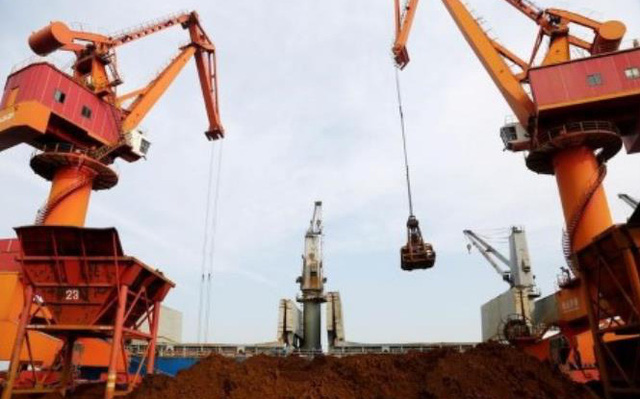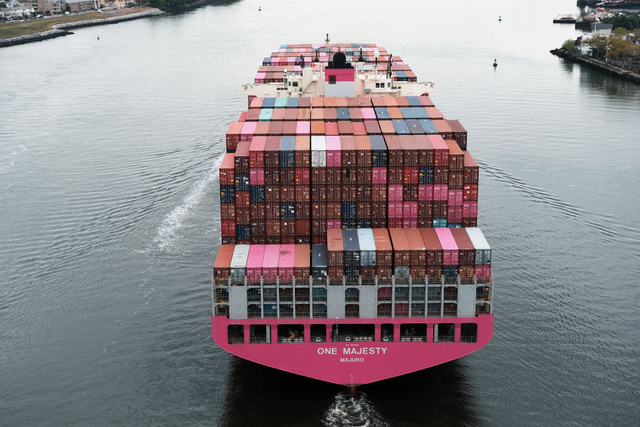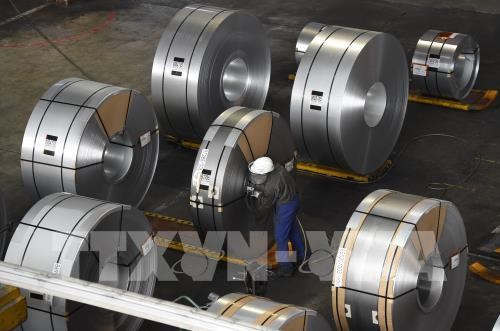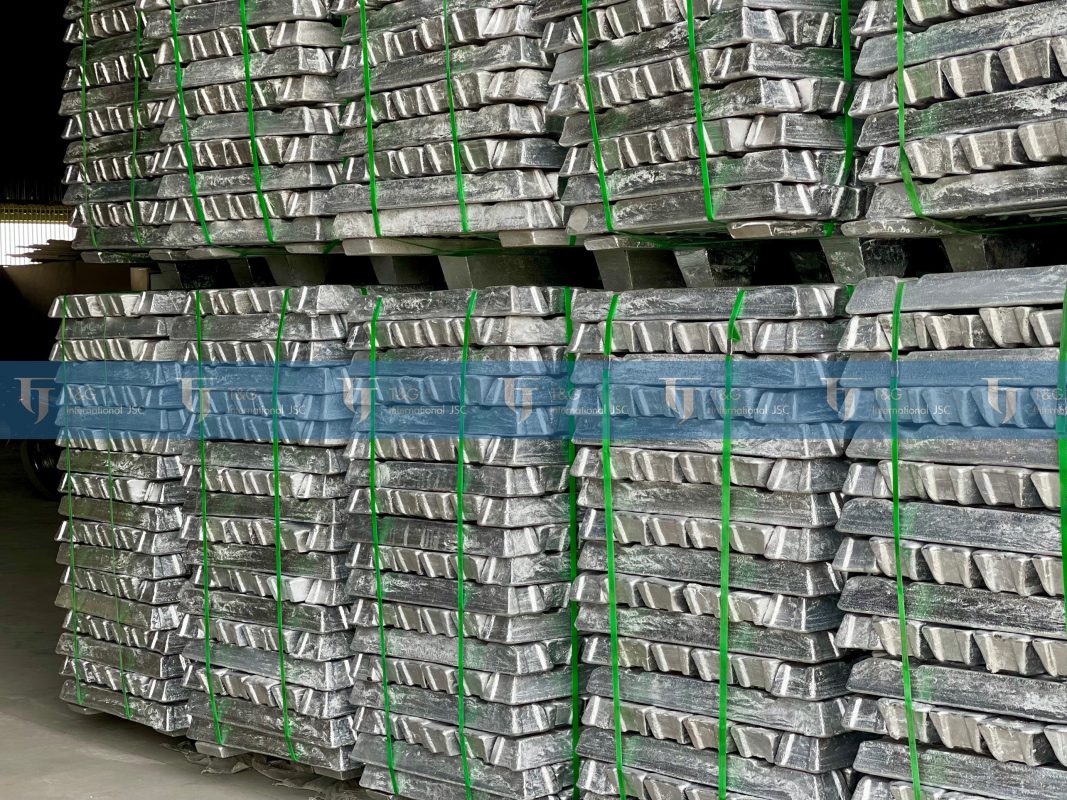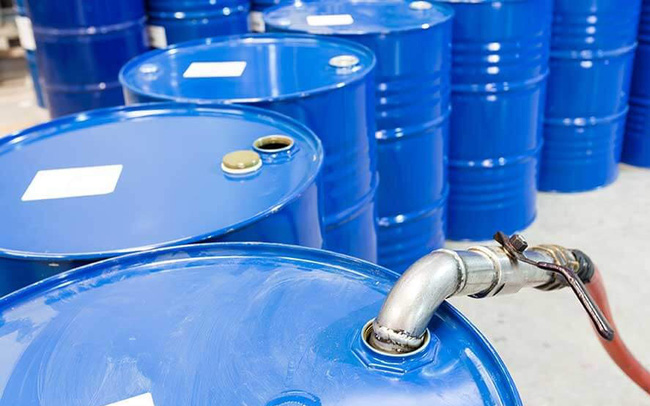
In the context of soaring gasoline prices worldwide, and the US having to consider Cold War-era laws to boost production, a large amount of refining capacity on the other side of the hemisphere is left idle.
About a third of China’s oil refineries are shutting down as Asia’s largest economy struggles to contain the epidemic. If tapped, supplies of diesel and gasoline could be enough to help cool the warming global fuel market. However, this possibility is less likely to happen.
The reason is that China’s oil refining sector is built mainly to serve the country’s large-scale domestic market. The government controls the amount of fuel exported abroad through a quota system that also applies to private businesses. Although Beijing has allowed larger volumes of oil to be exported over the years, it does not want to become a major oil supplier because it runs counter to its goal of eliminating emissions.
“China’s absence in export markets is particularly important for regional and even global markets,” said Jane Xie, senior oil analyst at data and analytics firm Kpler. bridge.” Refining capacity in the country has increased over the past three to five years, she said, but they are not increasing exports of oil products anymore.
The divergence between China and the US, where refineries in some regions are operating near full capacity, reflect a major shift over the past few years. Plants in Europe and North America have shut down – a trend that has accelerated during the pandemic, while most new refineries have been built in developing countries, especially Europe Asia and the Middle East.

The volume of Chinese diesel exports compared to the refining capacity of private enterprises (thousand tons).
In China, many facilities are known as super refineries, capable of producing both gasoline and petrochemical products. The country’s rapid growth has made it the largest oil refiner in the world. The field’s capacity will reach 17.5 million bpd by the end of 2020 and reach 20 million bpd by 2025, according to the China National Petroleum Corporation’s Economic and Technological Research Institute. By contrast, US capacity is 18.14 million barrels in 2020, the latest data from BP Plc.
According to CITIC Futures Co., China’s state-owned refineries were operating at about 71% of capacity as of June 10. Most of these companies, including many in Shandong, are not allowed to export any fuel at all.
Even at normal times, China does not export petrochemical products abroad. Last year, for example, the country shipped about 1.21 million barrels of diesel fuel oil, gasoline and jet fuel per day, according to customs data. This represents only about 7% of their refining capacity at the end of 2020.
And this year, instead of allowing more oil exports as domestic demand falls, China has done the opposite. So far, only 17.5 million tons of oil has been exported, compared with 29.5 million tons last year. Government data showed that diesel shipments fell to a seven-year low in May.
In Singapore, profits from refining crude into diesel have surged past $60 a barrel from $10 at the start of this year. According to industry consulting firm OilChem, with the above figure, China could miss the potential revenue of up to 372 USD/ton.
Beijing’s reluctance to increase fuel output and become the world’s major oil producer comes at a time when there is a worldwide oil shortage, affecting from drivers in the US to factories in Europe. Europe must bid for fuel. But Asian countries close to China, along with countries like Sri Lanka and Pakistan, are having a big disadvantage, as a lack of fuel cripples their economies.
T&G Import-Export Joint Stock Company
Address: 352 Hue Street, Le Dai Hanh Ward, Hai Ba Trung District, Hanoi
Hotline: 02473010868
Email: hrm@tginterjsc.com
Website: http://tgimportexport.com




